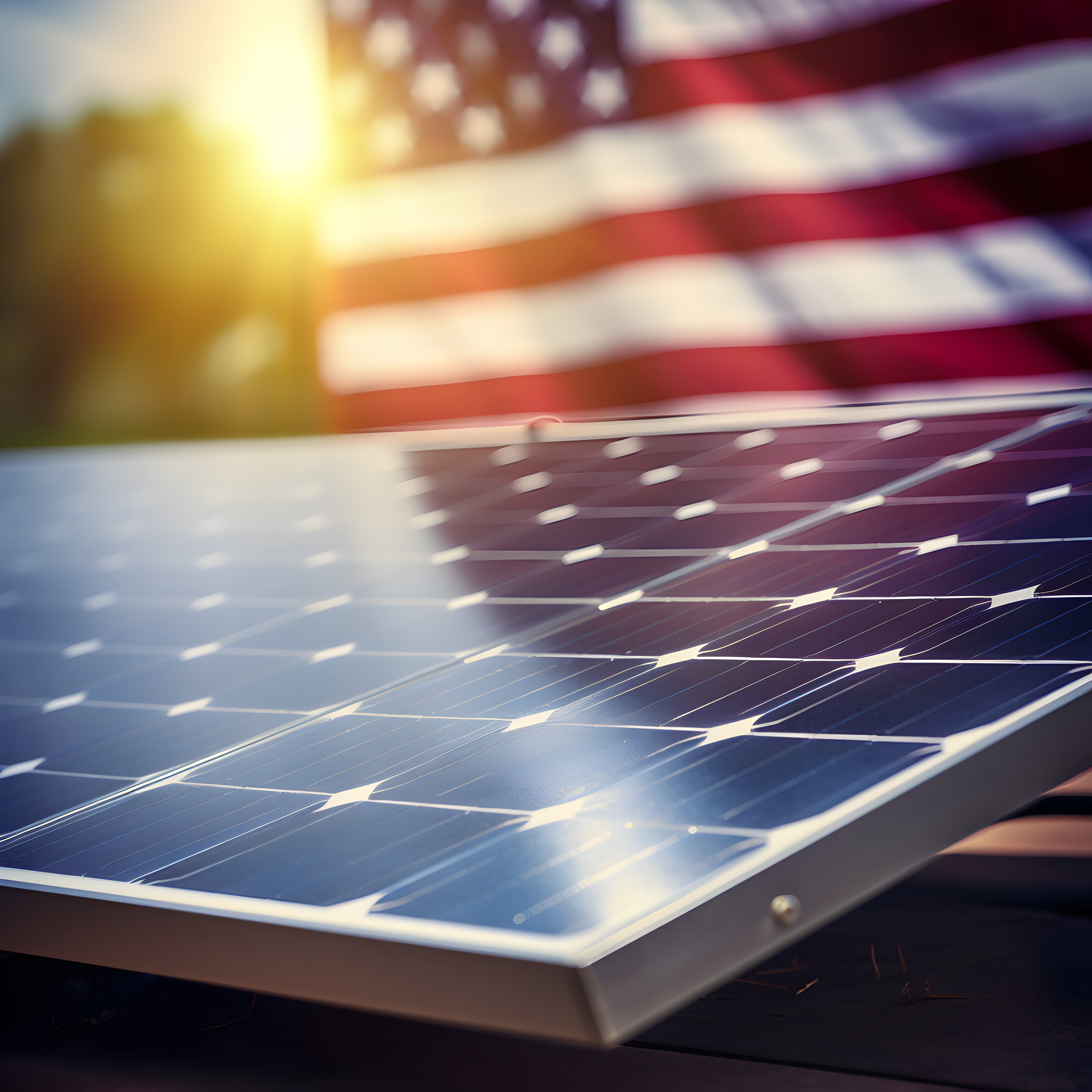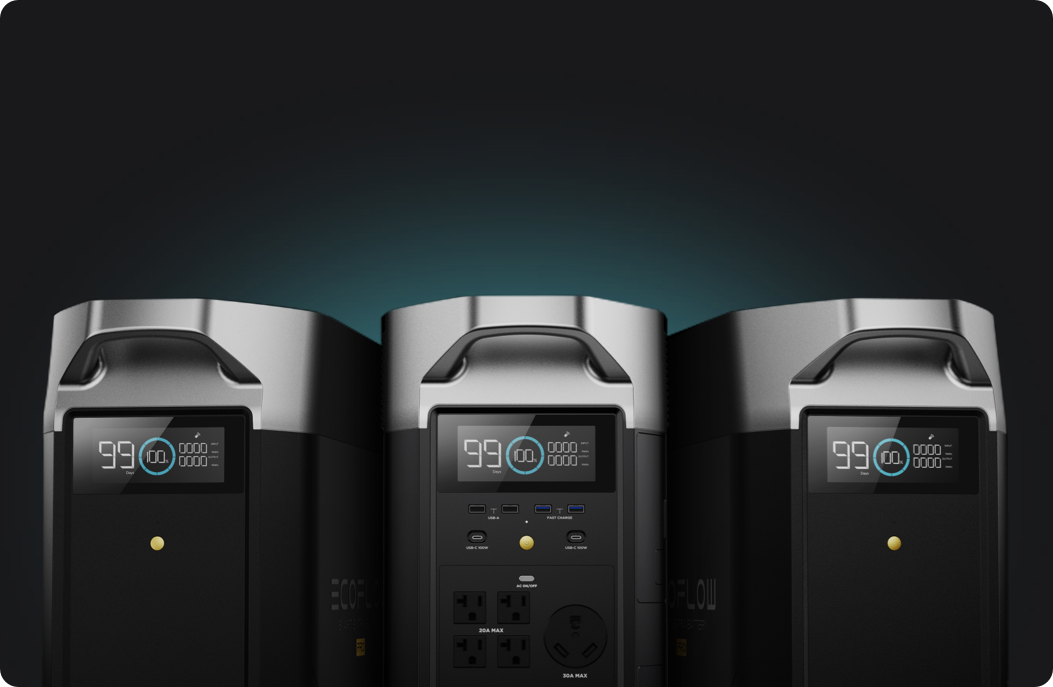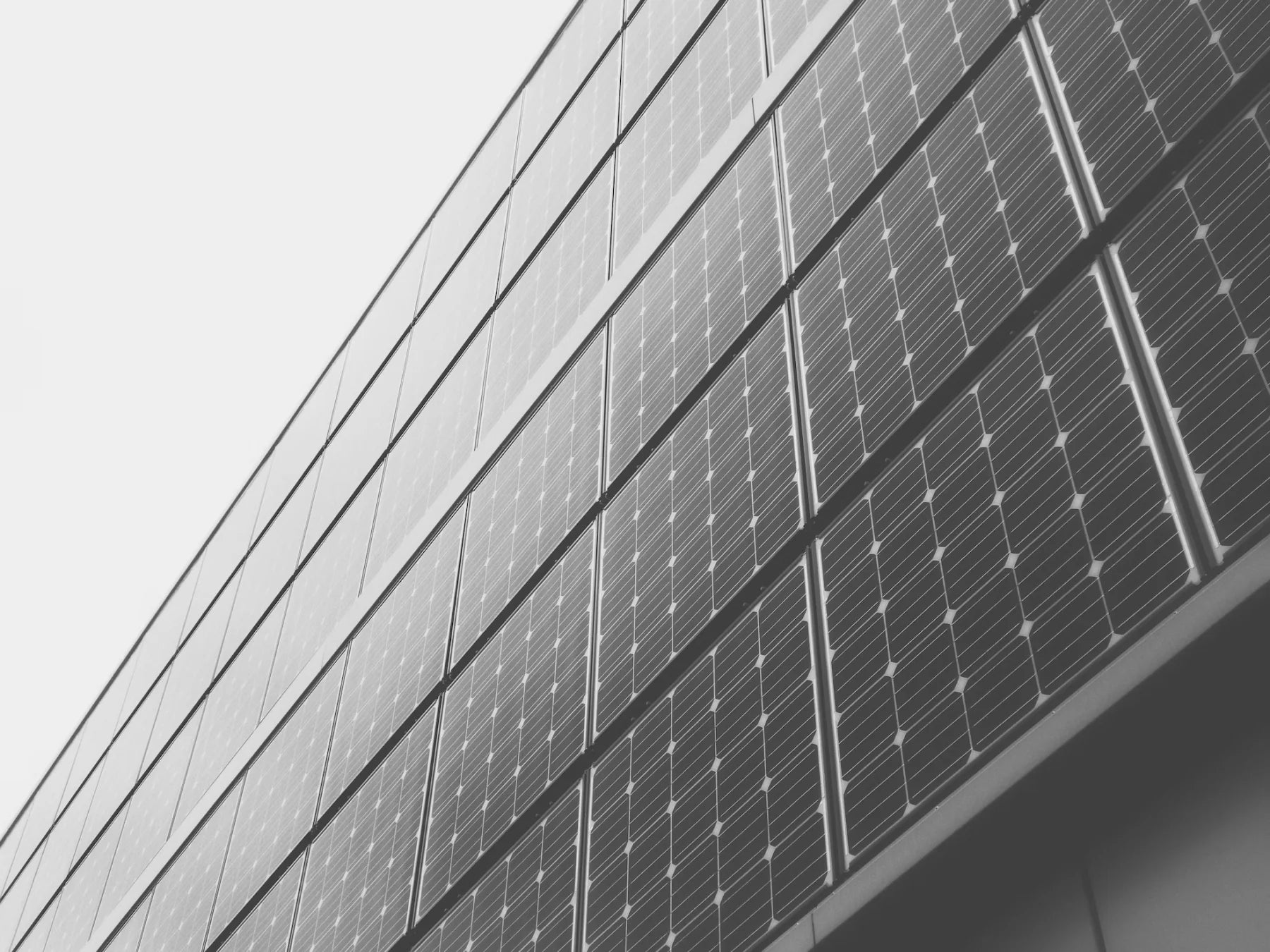Domestic Content remains a significant discussion point in the solar industry. The Inflation Reduction Act (IRA) of 2022 not only extended the 30% Investment Tax Credit (ITC) through 2032 but also introduced several additional incentives to encourage the installation of solar energy systems including a credit that will help stimulate the American steel and iron industries.
This is everything you need to know about the Domestic Content Bonus Credit.
What is the Domestic Content Bonus Credit?
The domestic content bonus credits under the IRA were implemented to boost American manufacturing -- particularly the iron and steel sectors. While the Federal Solar Tax or Investment Tax Credits (ITC) already provide a generous 30% return, an additional bonus credit on top of production gives a major boost to clean energy projects.
How is it calculated?
An applicable project’s eligibility for the credit is calculated by dividing the cost of domestically manufactured products and components by the total cost of a project’s manufactured products. The resulting “domestic cost percentage” has to meet the IRS’s requirements for a project to qualify for the credit.
What is the minimum percentage?
For projects where construction began before 2025, that domestic cost percentage must be 40% or greater to qualify for the credit. For projects where construction begins after 2026, the requirement jumps to 55%. In the case of an offshore wind facility, the current requirement is 20% if construction began before 2025, but jumps to 55% for facilities where construction begins after 2027.

Stacking Credits: Hudson Energy Law
Domestic Content Bonus Requirements
The credit is available to taxpayers that certify their qualified facility, energy project or energy storage technology was built with certain percentages of steel, iron or manufactured products that were mined, produced or manufactured in the United States.
Who Qualifies for the Domestic Content Bonus Credit?
Who can claim the bonus domestic content credit? Facilities meeting domestic content requirements under the Production Tax Credit (PTC) and projects meeting the domestic content requirement under the Investment Tax Credit (ITC) can receive a bonus of up to 10% (which could be as much as a 33% increase in the ITC amount).
The full list of those eligible includes:
- Commercial Asset Owners who install qualifying solar energy systems
- Financiers of third-party-owned residential systems through leases or Power Purchase Agreements (PPAs)
- Solar panels like Qcells and Silfab
- Projects utilizing inverter/rail packages, such as those involving Solectria, Enphase, and IronRidge products, that meet the 40% domestic content minimum
- Projects components of a PV system, which is manufactured in the US. This can significantly contribute towards the 40% domestic content requirement.
Domestic Content Build Out Guidance
To qualify for the full value of the bonus, projects must meet the domestic content requirement and satisfy specific criteria, such as maximum net output, construction start date, or prevailing wage and apprenticeship requirements.
The domestic content bonus credit provision increases the available investment tax credit (for investing in certain property used to produce electricity from renewable sources) by increasing the energy percentage or applicable percentage by either 10-percentage or 2-percentage points if the domestic content requirement is satisfied:
10-percentage points: energy projects that meet the domestic content requirement receive a 10-percentage point increase to the applicable “energy percentage” if any one of the following requirements are met:
- The project has a maximum net output of less than 1 megawatt of electrical or thermal energy;
- Construction of the project began before January 29, 2023; or
- The project satisfies the prevailing wage and apprenticeship requirements.
2-percentage points: energy projects that meet the domestic content requirement receive a 2-percentage point increase to the applicable “energy percentage” if none of the three requirements listed above are met.

Image Source: ENEL North America
How to Ensure You Meet IRA Eligibility
To meet IRA eligibility for the Domestic Content Bonus Credit, you need to start at the source - quite literally. The good news is that there are no minor exclusions, every component matters.
- Manufactured Product Test: Ensure at least 40% of your project's manufactured product costs come from US-made materials. This will rise to 55% by 2027!
- US-Made Steel & Iron: All structural components in your project must be US-produced. No exceptions!
- Direct Pay Projects: Tax-exempt entities can also benefit, but they must meet the same domestic content standards.
- Documentation Matters: Keep an itemized breakdown of all direct costs and labor for compliance.
- Manufacturing Labor: Imported component? You might not be able to claim the entire assembly labor.
(Source: Clean Energy Associates)

Other Incentives to Speed Up ROI on Solar Investment
Solar incentives and policies that do not reduce the tax basis—although some may be considered taxable income— include:
- Revenue from the sale of renewable energy certificates or other environmental attributes
- Payments for a state performance- based incentive
- State and local income tax credits
- State and local property tax exemptions on the equipment
- Taxable state or nonprofit grants (tax-exempt organizations wishing to take direct pay should see examples in that section of how to handle tax-exempt grants and loans)
- Loan guarantees
- Depreciation deductions
US Solar Supplier for All Your Domestic Content Needs
Contact US Solar Supplier for all your Made in America solar project needs from racking to solar modules and inverters.
+1 800 230 7004
Resources:
https://www.irs.gov/newsroom/irs-provides-initial-guidance-for-the-domestic-content-bonus-credit







